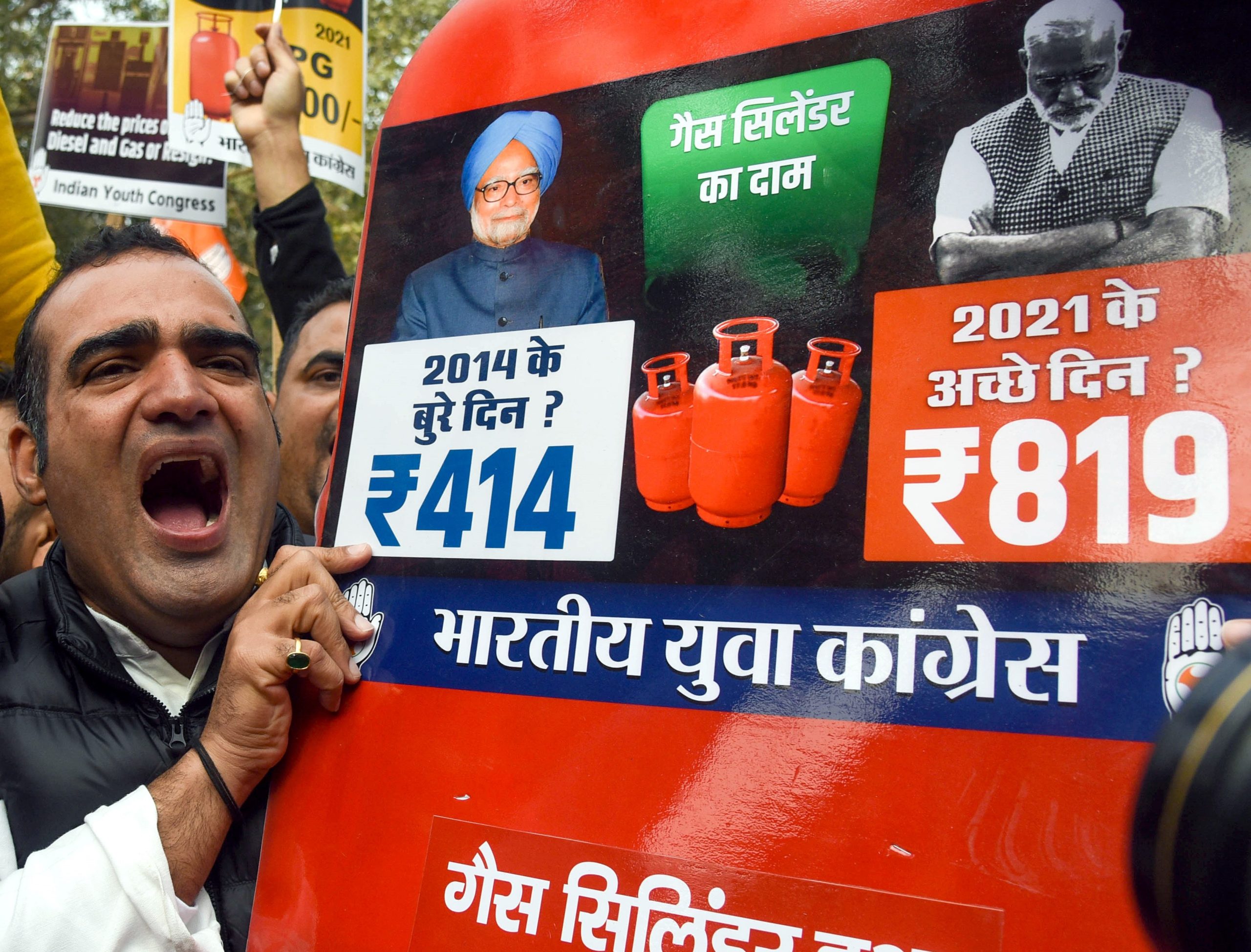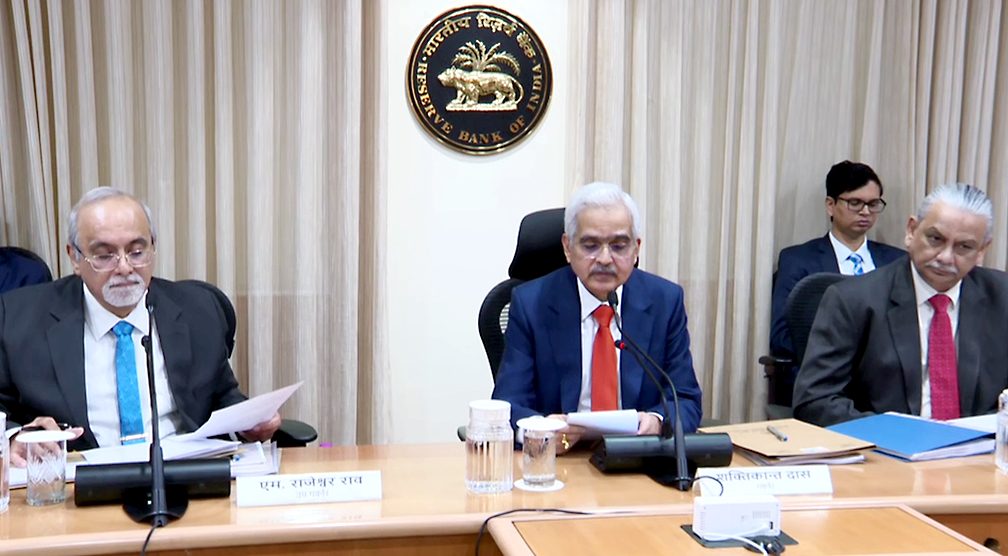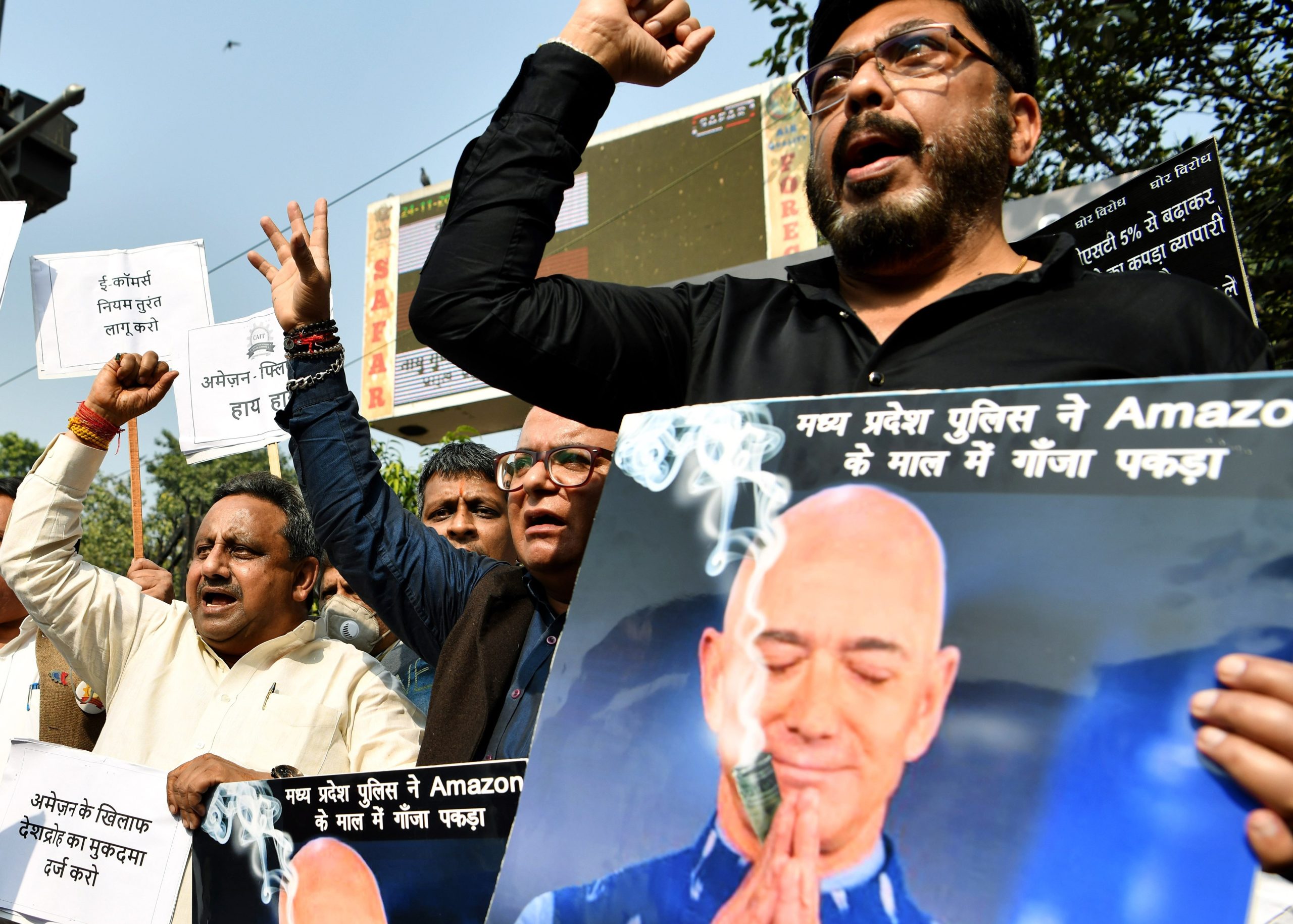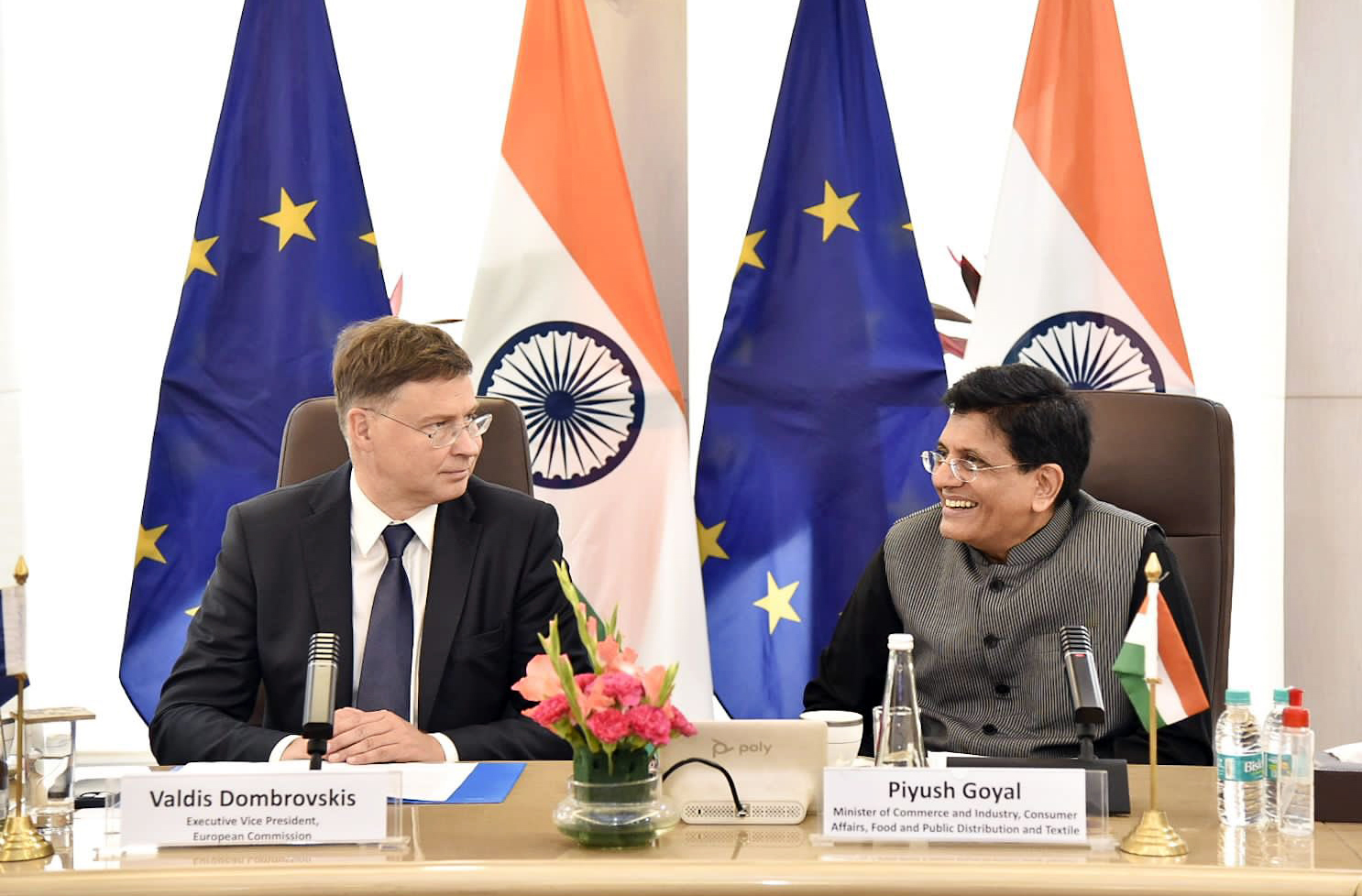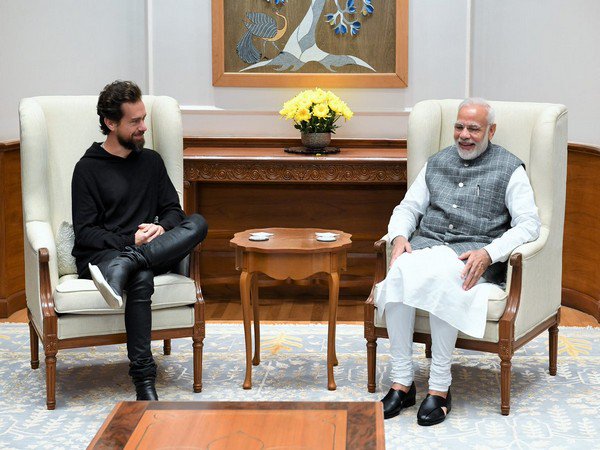On the domestic front, progress in vaccination has enabled the recovery to regain traction after the debilitating second wave of the pandemic
Our Bureau
New Delhi
The Ministry of Finance has said India’s real GDP in has grown by 8.4 per cent, thereby recovering over 100 per cent of the pre-pandemic output in the corresponding quarter of 2020. “India is among the few countries that have recorded four consecutive quarters of growth amid Covid-19 (Q3, Q4 of FY21 and Q1, Q2 of FY22), reflecting the resilience of the Indian economy,” the Finance Ministry report added.
As per the official data, 19 among 22 high-frequency indicators (HFIs) in September, October and November crossed their pre-pandemic levels in the corresponding months of 2019. “India has not only caught up with its pre-pandemic output of Q2, but is also expected to do so for the full year,” the report added.
The year 2021 has been a recovery year for the hotel sector across the world. All through the year, the sector has shown resilience by navigating through uncertainty, adapting to an ever-changing environment, and persevering through the ups and downs on the rocky path to recovery.
Technology adoption was moving fast before the pandemic. As much as operational efficiencies, a host of new and added capabilities has been key to touchless transactions necessary for guest and staff safety and safety compliance. These solutions increasingly are table stakes for success in hospitality today and in the post-pandemic future.
But inflation and COVID-19 new variant Omicron pose major challenges to the Indian economy, the Reserve Bank of India (RBI) said on Wednesday.
In the Reserve Bank’s latest Systemic Risk Survey (SRS), all broad categories of risks to the financial system – global; macroeconomic; financial market; institutional; and general – were perceived as ‘medium’ in magnitude, but risks arising on account of global and financial markets were rated higher than the rest. “Commodity prices, domestic inflation, equity price volatility, asset quality deterioration, credit growth and cyber disruptions were rated as the major risks,” according to the 24th issue of the Financial Stability Report (FSR) released by the RBI.
The central bank noted that the global economic recovery has been losing momentum in the second half of 2021 in the face of resurfacing COVID-19 infections, the new variant Omicron, supply disruptions and bottlenecks, elevated inflationary levels and shifts in monetary policy stances and actions across advanced economies and emerging market economies.
On the domestic front, progress in vaccination has enabled the recovery to regain traction after the debilitating second wave of the pandemic, notwithstanding signs of slowing pace more recently; the corporate sector is gaining strength and bank credit growth is improving.
The Financial Stability Report (FSR) is published bi-annually and includes contributions from all the financial sector regulators. Accordingly, it reflects the collective assessment of the Sub Committee of the Financial Stability and Development Council (FSDC-SC) on risks to financial stability.
Also, the gross non-performing asset (GNPA) ratio of scheduled commercial banks is likely to increase to 9.5 per cent in September 2022 from 6.9 per cent in September 2021 in a severe stress scenario, the Reserve Bank of India (RBI) said on Wednesday.
Emerging signs of stress in micro, small and medium enterprises (MSME) as also in the microfinance segment call for close monitoring of these portfolios going forward, it said.
Commodity prices, domestic inflation, equity price volatility, asset quality deterioration, credit growth, and cyber disruptions were rated as the major risks.
In the report the RBI noted that the global recovery has been losing momentum in the second half of 2021, impacted by resurgence of infections in several parts of the world, supply disruptions and bottlenecks, persistent inflationary pressures and shifts in monetary policy stances and actions across systemic advanced economy central banks as also some emerging market economies.
On the domestic front, progress in vaccination has enabled the recovery to regain traction after the debilitating second wave of the pandemic, notwithstanding signs of slowing pace more recently; the corporate sector is gaining strength and bank credit growth is improving, the report said.
During April-October 2021, all the deficit indicators of the central government exhibited improvement from their pre-pandemic levels. The borrowing programme has proceeded smoothly. The Indian corporate sector has gained strength and resilience through the pandemic and key financial parameters of listed non-financial private companies indicate improvement.
















